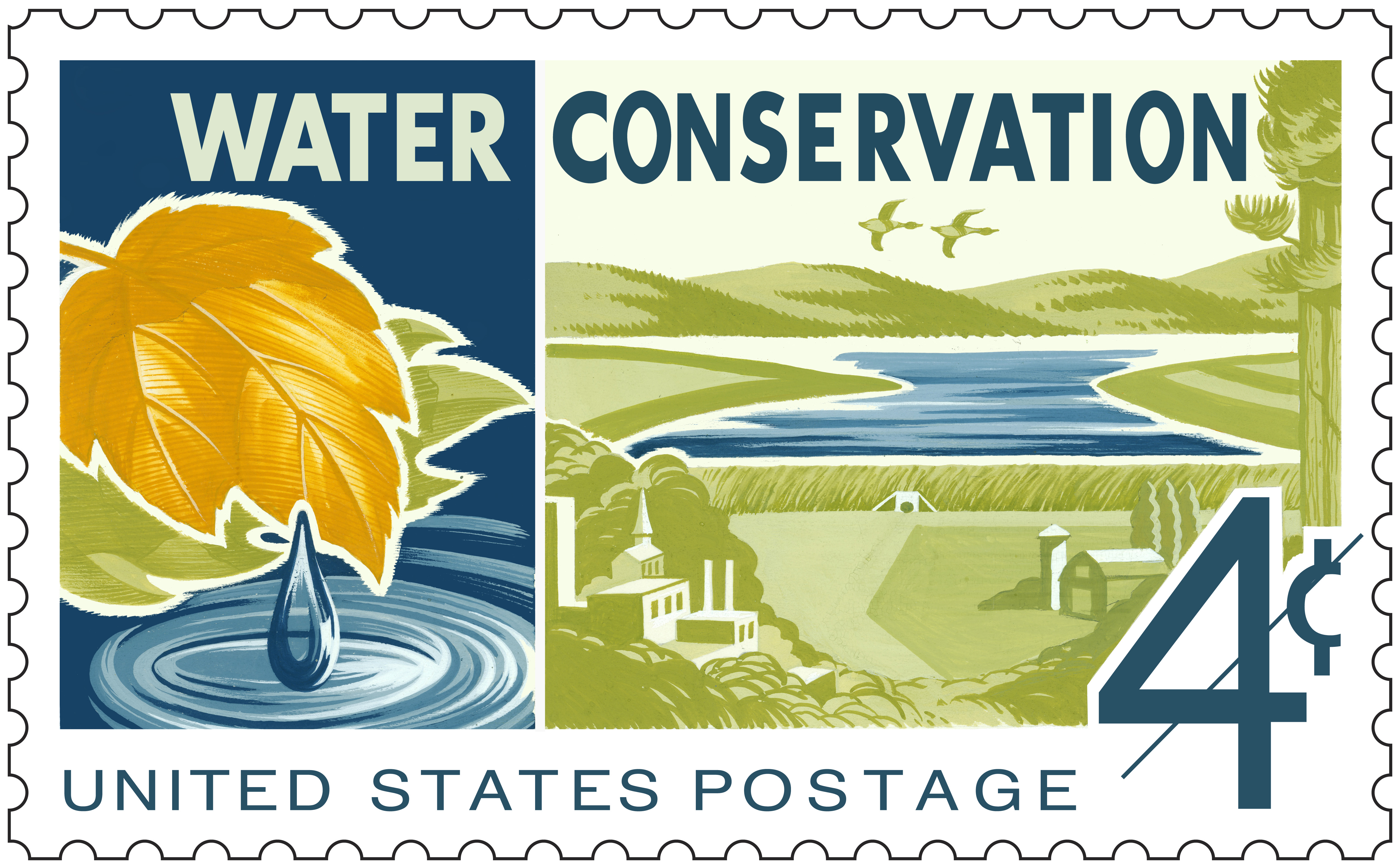This study presents a wide-scale investigation of neonicotinoid insecticides used across the range of agricultural activities from fifteen surface water sites in southern Ontario. Using statistical analysis, the correlation of individual compounds with land use was investigated, and the relationship between neonicotinoid occurrence and hydrologic parameters in calibrated water courses was also assessed. Of the five neonicotinoids studied, imidacloprid, clothianidin and thiamethoxam exhibited detection rates above 90% at over half the sites sampled over a three year period (2012–2014). At two sites in southwestern Ontario, the Canadian Federal freshwater guideline value for imidacloprid (230 ng/L) was exceeded in roughly 75% of the samples collected. For some watersheds, there were correlations between the occurrence of neonicotinoids and precipitation and/or stream discharge. Some watersheds exhibited seasonal maxima in concentrations of neonicotinoids in spring and fall, particularly for those areas where row crop agriculture is predominant; these seasonal patterns were absent in some areas characterized by a broad range of agricultural activities.
Source:
John Struger, Josey Grabuski, Steve Cagampan, Ed Sverko, Daryl McGoldrick, Christopher H. Marvin. Chemosphere Volume 169, February 2017, Pages 516–523

- Login om te reageren
